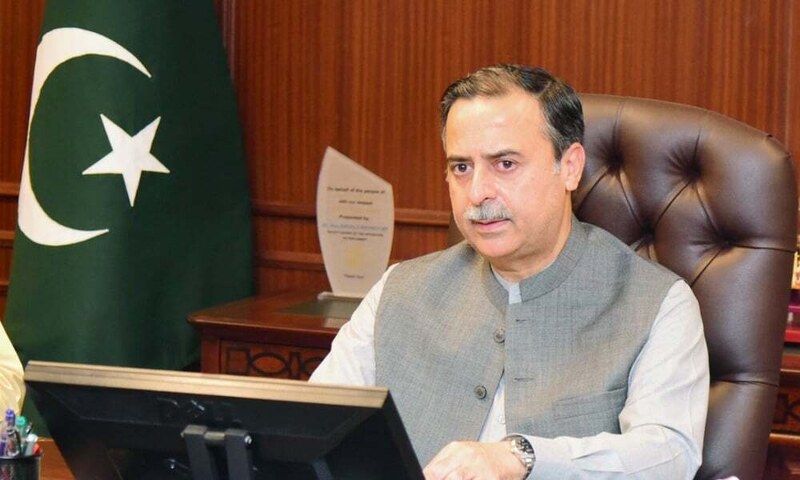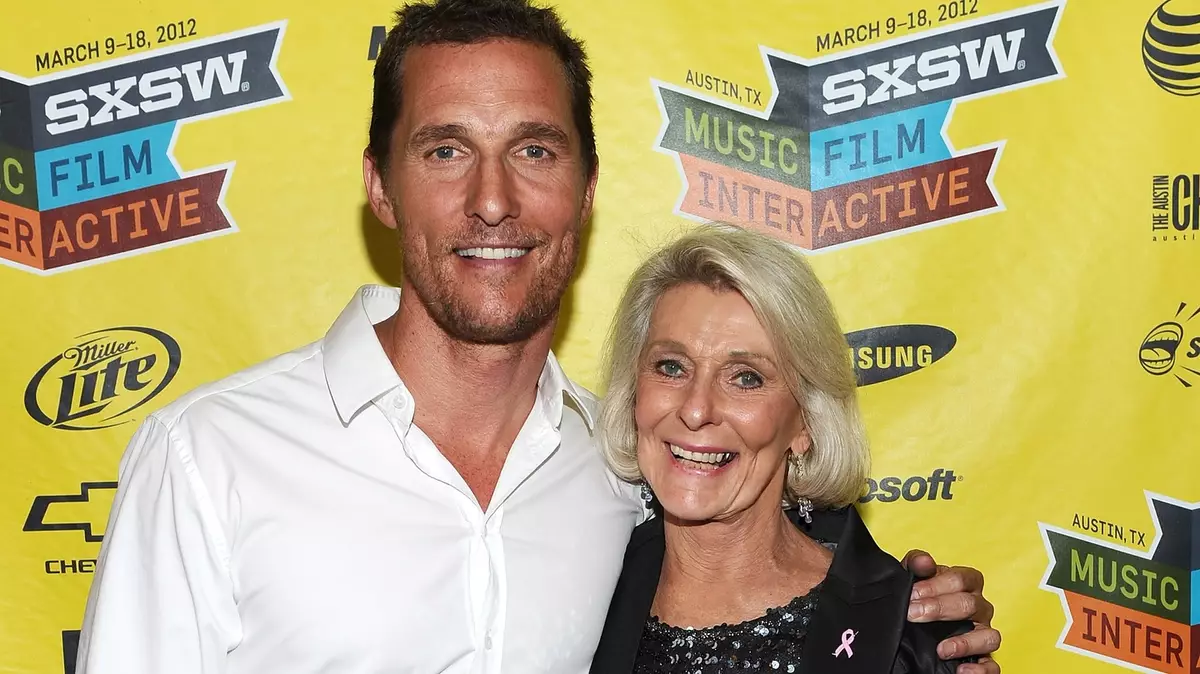
As I end my tenure as the Alaska Small Business Development Center’s state director at the University of Alaska Anchorage, I find myself thinking about Alaska’s economic future. Our economy doesn’t exist in isolation; global and national trends affect us more than most states. Alaska is especially vulnerable to outside forces: oil and mineral prices, strength of fish runs, inflation and global market shifts hit our state particularly hard.
Amid these challenges, small businesses continue to innovate, hire and sustain communities with enormous impact. Supporting Alaska’s small businesses is the best way to insulate ourselves from external economic forces. Alaska’s 77,814 small businesses make up 99.1 percent of all businesses and employ over half of all workers. They are our greatest source of job growth, economic diversification, and our most reliable economic engine.
Over the past decade, Alaska has endured back-to-back recessions: one in 2015 due to plunging oil prices and in 2020 during the pandemic lockdowns. Alaska’s GDP grew just 0.4%, the second slowest nationally. Only North Dakota grew slower at 0.2 percent.
It would be easy to blame Alaska’s economic difficulties on our small population or rural nature, but when the top two highest growth states weren’t California, Florida or Texas, instead rural states like Utah (population 3.5 million) and Idaho (2 million), which surged ahead with average GDP growth of over 4% a year. This shows Alaska’s challenges aren’t inevitable; rural states can thrive when they focus on the right strategies.
We’re the biggest state, with mountains, tides, fish, bears and personalities to match. We focus on pursuing “big” projects, such as attracting corporations and developing infrastructure. Those ideas are exciting, but take a long time to develop, and are difficult to time for Alaska’s current economic issues.
Don’t get me wrong, I would love to see any of the large projects happen. But ask yourself: how many big companies have set up shop in Alaska in the last year? Versus, how many small businesses have opened?
In 2024 alone, Alaska SBDC helped 132 new businesses launch and assisted businesses in securing over $82 million in new funding. If each new business employed just three people, that would equal almost 400 new jobs. This happens every year.
This proves Alaska is competitive. Our State Small Business Credit Initiative became the top program among 131 nationally by dollars deployed and 12th in total dollars. Through partnerships with Northrim, First National Bank Alaska, Spruceroot and BiNW, Alaska SBDC is leading the nation in driving private funding into small businesses.
Alaska’s strength lies in entrepreneurs and their innovative spirit. They will build new manufacturing, harness cutting-edge technology like generative AI to overcome logistical and workforce challenges, and leverage our geographic location and natural resources to diversify our economy. They shouldn’t have to do it alone. They need coordinated support. That’s why organizations like the Alaska SBDC exist: to align public and private resources behind small business growth.
Alaska has everything to rewrite its economic story. We have innovators, problem-solvers, funders and risk-takers. Private lenders and investors are pouring money into Alaska businesses, and there have never been more tools and technology to scale globally. What we’re missing is shifting focus from chasing the “next big thing” to growing small businesses.
As I step down as state director of the Alaska SBDC, I am convinced Alaska’s future depends on support for small businesses. If we nurture, support and celebrate them, they will lead us out of economic stagnation and into a stronger, more resilient economy.
There has never been a better time to make that shift. Let’s start dreaming small so we can grow big.
Jon Bittner is the outgoing state director of the Alaska Small Business Development Center at the University of Alaska Anchorage, where he has served for nearly nine years. He previously held roles as vice president of Anchorage Economic Development Corp. (AEDC) and deputy commissioner for the Alaska Department of Commerce, Community, and Economic Development.



